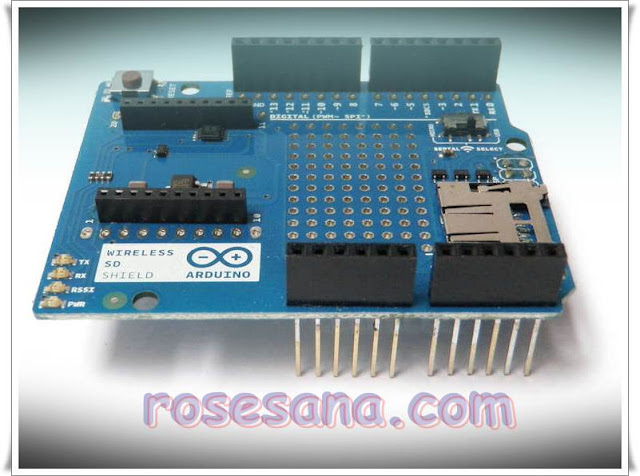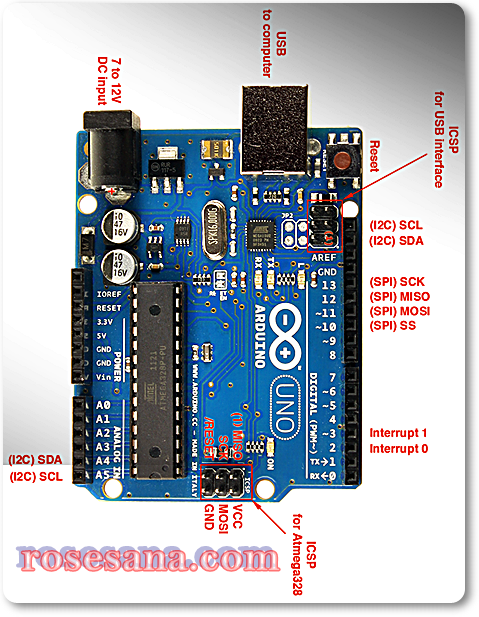The AVR Dragon, Atmel has set a new standard for low cost development tools. AVR Dragon supports all programming modes for the Atmel AVR device family. It also include full emulation support for devices with 32kB or less Flash memory.
At a fraction of the price traditionally associated with this kind of featured tool, the AVR Dragon will fulfill all your programming and emulation needs. The flexible and secure firmware upgrade feature allows AVR Studio to easily upgrade the AVR Dragon to support new devices.
To see which devices are currently supported please read the Device Support page.
(New devices will be added through AVR Studio updates or Service Packs on a regular basis)
Supported Protocols
Currently the following protocols are supported:
Programming Interfaces:
- In System Programming ( ISP )
- High Voltage Serial Programming ( HVSP )
- Parallel Programming ( PP )
- JTAG Programming ( JTAG Prog)
Emulation Interfaces: (Only available for devices with 32kB Flash or less)
JTAG ( JTAG )
debugWIRE ( dW )
AVR Dragon can be used with an external target board. However, the onboard prototype area, allow simple programming and debugging without any additional hardware besides strapping cables. Please see the Using the AVR Prototype Area section for a description on how to use this.
AVR Dragon is powered by the USB cable, and can also source an external target with up to 300mA (from the VCC connector, 5V) when programming or debugging. For more information on technical details, please read the AVR Dragon Requirements section. If the target is already powered by an external power source, the AVR Dragon will adapt and level convert all signals between the target and the AVR Dragon.
Note: If the target board is powered by external power source, no connection should be made betwwen the VCC connector and the external board.
AVR Dragon if fully supported by AVR Studio. This allows the AVR Dragon firmware to be easily updated to support new devices and protocols. When connecting the AVR Dragon, AVR Studio will automatically check the firmware and prompt the user if an updated firmware is available.












































